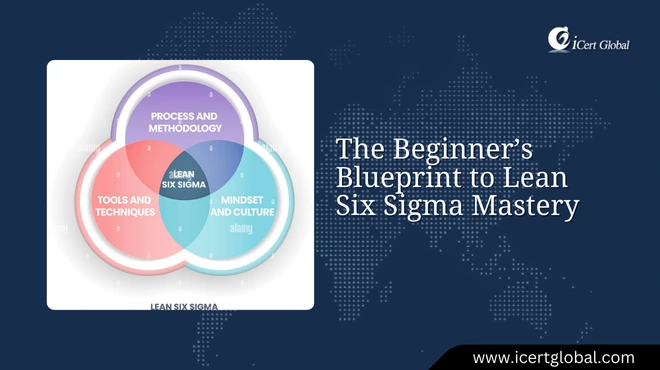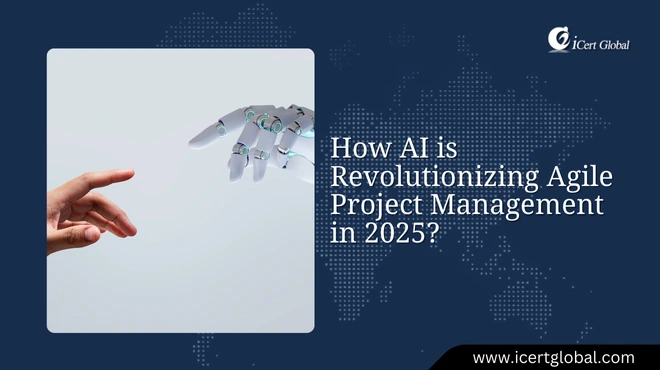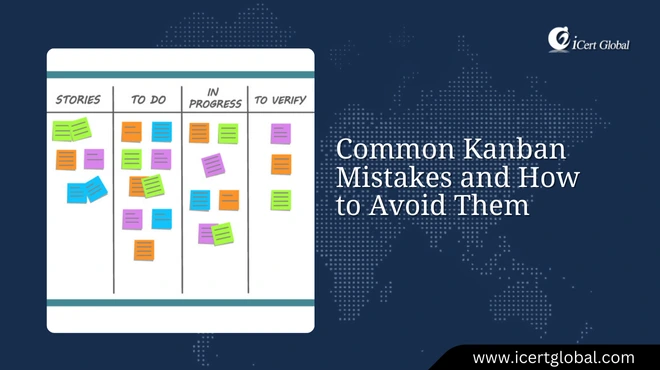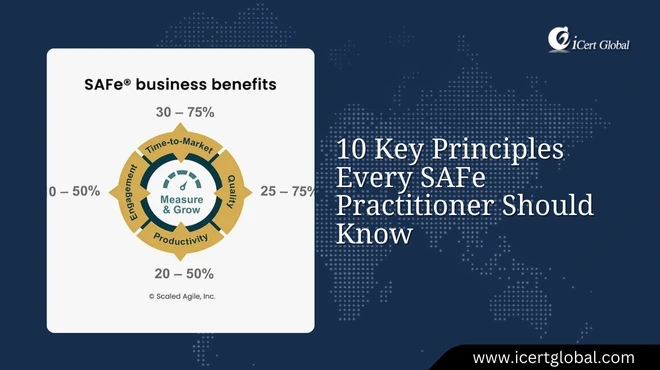Latest Articles
What do data scientists do?
Understanding Data Science: A Simple Start helps break down the fundamentals while showing what data scientists do behin...
The Beginner’s Blueprint to Lean Six Sigma Mastery
In an era where accuracy in operations matters greatly, a whopping 75% of Fortune 500 organizations have begun employing...
How AI is Revolutionizing Agile Project Management in 2025?
In an era where change and speed are the only constants, employing new technologies is not only a decision but a necessi...
Scrum vs. Traditional Project Management: What’s the Real Difference?
A recent survey concluded that only 2.5% of firms deliver 100% of their projects. It is a huge and continuing issue in e...
Agile Manifesto: 12 Principles and 4 Values
Did you know that teams applying agile principles to their maximum potential enjoy a 60% greater level of project succes...
Why Enterprise Agile Transformation Matters
As organizations scale agility, a Scrum Master helps a team succeed by serving as a bridge between enterprise-level stra...
How Digital Forensics Helps Prevent Insider Threats
Among the top cybersecurity threats in the future, insider risks will remain a serious concern, and digital forensics he...
Common Kanban Mistakes and How to Avoid Them
One survey revealed that 87% of practitioners think that Kanban is better than other methods, but many of them still get...
10 Key Principles Every SAFe Practitioner Should Know
A recent survey by the State of Agile Report discovered that companies employing the Scaled Agile Framework (SAFe) saw a...
What Are the Default Xmx and Xms Values
Understanding SOLID principles in Java made simple also means knowing how memory settings like Xmx impact performance.Mo...
Top SEO Strategies That Actually Work
Many beginners wonder, what is on-page SEO? Understand how it helps websites by boosting visibility in search engines.Ov...
The Ultimate Guide to Creating Sitemaps for SEO
More than 96% of all content that is placed on the internet receives absolutely no organic search traffic from Google, a...


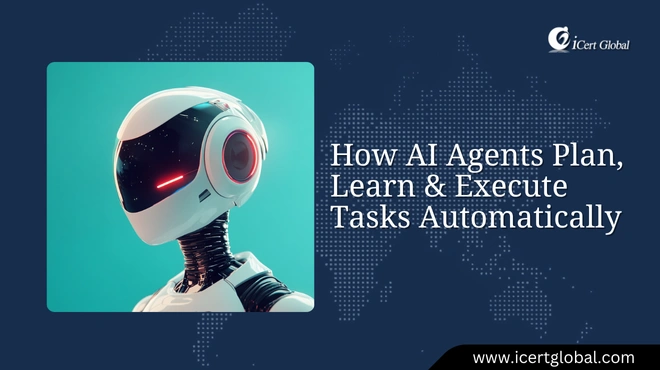
.jpg)



